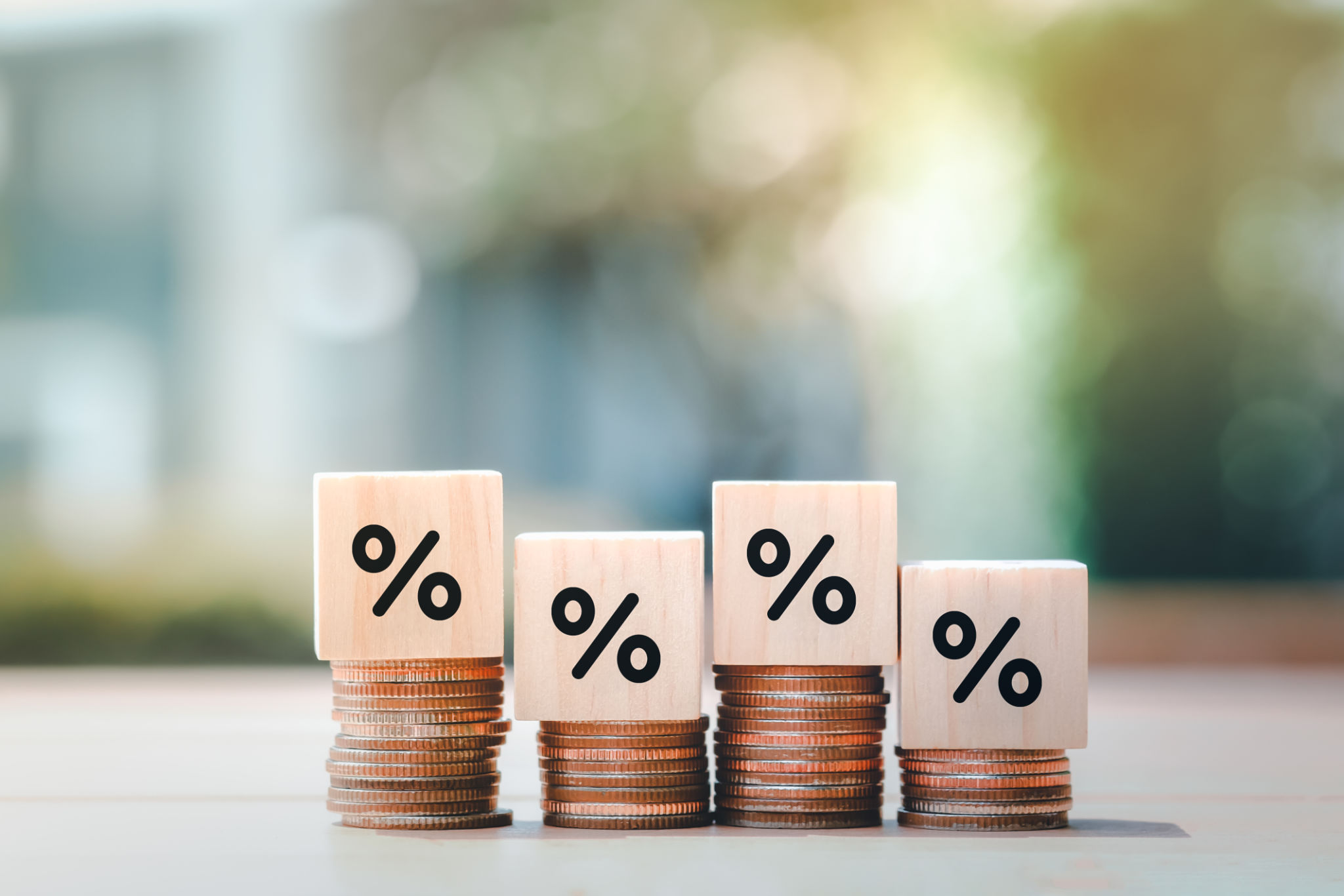Understanding Loan Terms: Fixed vs. Variable Rates
Understanding Loan Terms: Fixed vs. Variable Rates
When considering a loan, one of the critical decisions you'll face is whether to choose a fixed or variable interest rate. Understanding these terms is essential, as they can significantly impact your financial future. This guide will help you make an informed decision by explaining the differences between fixed and variable rates, along with their respective advantages and disadvantages.

What Is a Fixed Rate?
A fixed interest rate remains constant throughout the life of the loan. This means that your monthly payments will remain the same, providing predictability and stability. Fixed rates are commonly associated with long-term loans, such as mortgages and auto loans.
The primary advantage of a fixed rate is that it protects borrowers from fluctuations in the market. Regardless of economic changes, your interest rate will not increase. This can make budgeting easier, as you know exactly what to expect each month.
The Benefits of a Fixed Rate
Fixed rates offer several benefits, especially for those who prefer stability in their financial planning. Some of the key advantages include:
- Predictability: Your monthly payments remain consistent, making it easier to manage your budget.
- Protection from rate increases: You are safeguarded against potential rises in interest rates.
- Long-term planning: Fixed rates facilitate better long-term financial planning due to their stability.

What Is a Variable Rate?
A variable interest rate, also known as a floating or adjustable rate, can fluctuate over time based on changes in the market. These rates are often tied to a benchmark rate, such as the prime rate or LIBOR, and can change periodically, affecting your monthly payments.
The main advantage of a variable rate is that it often starts lower than a fixed rate, potentially saving you money initially. However, this comes with the risk of increased payments if interest rates rise.
The Risks and Rewards of Variable Rates
Variable rates offer both potential savings and risks. Here are some considerations:
- Lower initial rates: You might benefit from lower initial payments compared to fixed-rate loans.
- Potential for savings: If market rates decrease, your payments could also decrease, leading to savings.
- Risk of increase: If the market rate rises, your payments can increase significantly, impacting your budget.

Choosing Between Fixed and Variable Rates
The decision between fixed and variable rates ultimately depends on your financial situation and risk tolerance. If you value stability and want to avoid the uncertainty of fluctuating payments, a fixed-rate loan might be the better choice. However, if you're comfortable with some level of risk and want the potential for savings, a variable-rate loan could be more appealing.
Consider factors such as the current interest rate environment, your long-term financial goals, and your ability to handle potential payment increases when choosing your loan type. Consulting with a financial advisor can also provide valuable insights tailored to your circumstances.
The Bottom Line
Understanding the differences between fixed and variable rates is crucial for making an informed decision about your borrowing options. By weighing the benefits and risks of each, you can select a loan type that aligns with your financial goals and risk tolerance.
Ultimately, whether you opt for a fixed or variable rate will depend on your personal preferences and economic outlook. Take the time to research thoroughly and consider seeking professional advice to ensure you make the best choice for your financial well-being.
